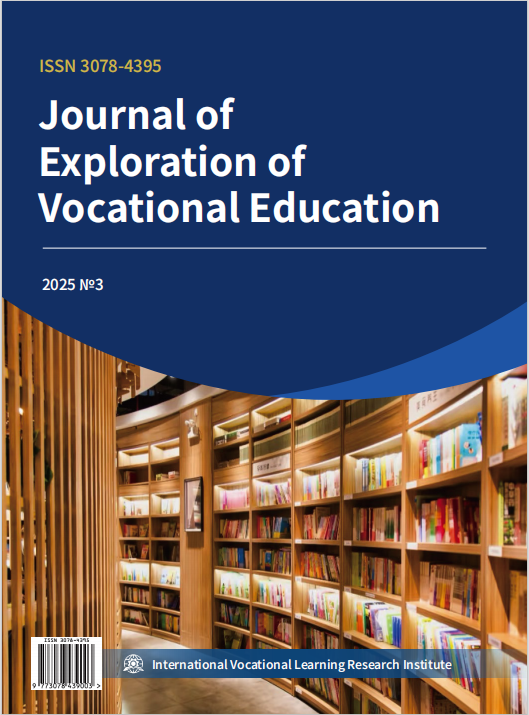Research on the Current Layout of Professional Master's Degree Programs in Vocational and Technical Education in China
Published 2025-07-13
Keywords
- vocational and technical education; professional master's degree; layout of degree programs; current situation research
How to Cite
Abstract
With the high-quality development of vocational education in China being elevated to a national strategy, professional master's degree programs in vocational and technical education, as the core carrier for cultivating "dual-qualified" teachers and technical and skilled talents, have seen the optimization of their layout become a key lever for implementing strategies such as "building a strong manufacturing nation" and "rural revitalization." However, despite unprecedented policy promotion efforts, vocational education resources still face structural contradictions, including regional imbalance, ambiguous positioning of institutions, and homogenization of research directions. These issues urgently require systematic research to resolve. This study aims to analyze the current regional, institutional, and directional layout of professional master's degree programs in vocational and technical education in China, reveal core problems, and provide empirical evidence for optimizing resource allocation and enhancing the efficiency of industry-education integration. By employing literature analysis and data statistical analysis methods, this study focuses on the distribution of degree programs, enrollment scales, and research directions of 39 full-time enrollment institutions. Combining policy texts and regional economic data, it systematically sorts out the layout characteristics and contradictions. The research findings indicate that the layout of professional master's degree programs in vocational and technical education suffers from regional distribution imbalance, with a pattern of "strong in the east and weak in the west"; ambiguous institutional types and positioning, resulting in insufficient adaptability of the training system; severe homogenization of research directions and lagging development in emerging fields; as well as irrational primary distribution, with provincial capitals' concentration leading to a scarcity of local resources. Based on the core problems identified, the study proposes promoting cross-regional collaboration to break the "strong in the east and weak in the west" pattern; clarifying the classification and positioning of institutions to optimize the adaptability of the training system; supporting emerging fields and guiding the specialization of research directions; and strengthening local resource supply to alleviate the contradiction of provincial capital concentration. In the future, with "demand orientation" and "characteristic development" as the core, a layout of professional master's degree programs in vocational and technical education that covers the entire region and achieves deep industry-education integration should be constructed to support the high-quality development of national strategies and regional economies.
